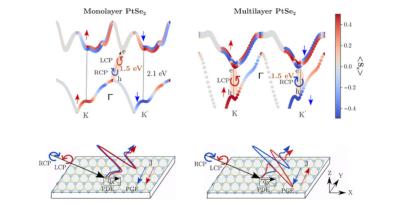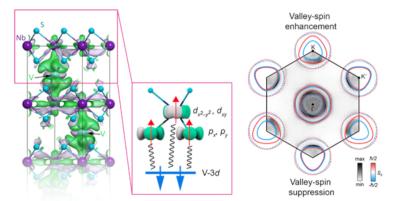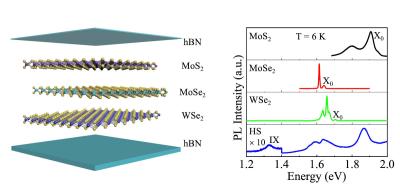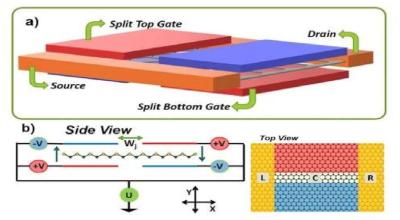Researchers use graphene to create valley-polarized current
Researchers from Delft University of Technology demonstrated a device that generates electrical currents with a precisely controlled number of electrons at each valley. The researchers say that when electrons are squeezed through a narrow channel, they emerge as two jets which are valley polarized. By steering these jets with a magnetic field, the researchers can regulate which jet enters through a second opening, gaining control on how many electrons end up in a specific valley.
The researchers, led by Josep Ingla-Aynes, based their device on bi-layer graphene.






